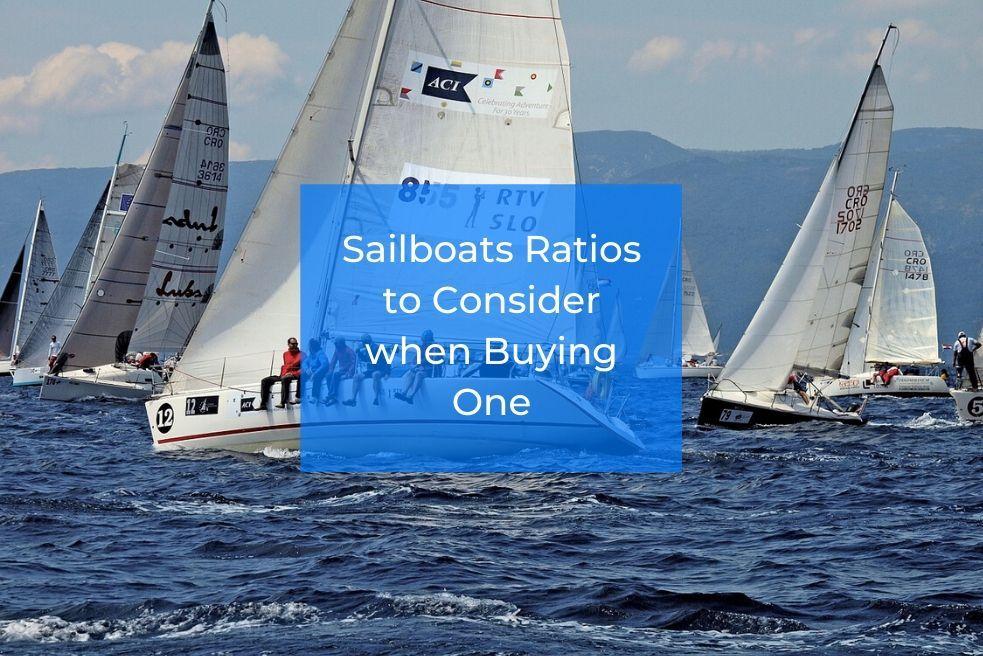Sailboat Ratios to Consider When Buying One

The main sailboat ratios to look for when buying one!
Buying a boat is a big decision. It involves a lot of comparisons and a long process in order to find just the right fit for you. With so many models out there, the market is fully saturated, which makes it very hard to pick just one boat. To make the whole decision easier, there are a few parameters to consider, also known as sailboat ratios, which include the displacement to length ratio, the sail area to displacement ratio and the ballast ratio as the three main ones.
In order to make a completely informed decision on a boat it is important to have all these three parameters at hand and compare them. These parameters will indicate the performance and the comfort level of the boat.
Understanding the main sailboat ratios
The three main parameters to take into consideration when you compare boats are the displacement-length ratio, the sail area-displacement ratio and the ballast ratio, respectively meaning as follows:
The displacement to length ratio shows how heavy a boat is. This is calculated in comparison with the waterline length and it is a non dimensional parameter resulting in a sole number. This sailboat ratio will show how heavy a boat is no matter of its size. Therefore it can only be used as a comparison parameter rather than to show the real weight of the boat. According to the displacement-length ratio, the boats are categorized as ultralight, light, moderate, heavy and ultra-heavy.
The sail-area to displacement ratio is used to calculate the performance of a boat. It is also a non dimensional parameter which shows the relationship between the boat sail area and its displacement. According to this ratio boats are categorized as under performing, good performance vessels and high performance boats.
The ballast ratio presents the ballast a vessel is carrying. Technically it shows the resistance a boat has to heeling. The ballast ratio is calculated as the weight of the ballast by half load displacement. The number you get is then multiplied by 100. A ballast ratio more than 40 will be more powerful and more resistant to wind. A good ballast ratio however will mean that the boat might not be as comfortable for leisure. A very high ballast ratio is probably a better parameter for sport fans.
These are the three main sailboat ratios to consider when buying a boat. Therefore, make sure that all three are up on the good performance scale in order to have yourself a good boat.